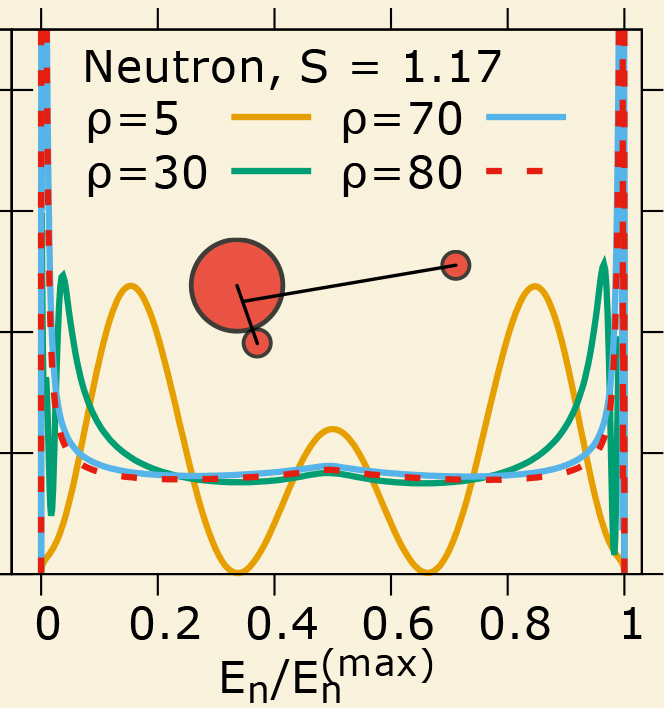Better insight in three-particle nuclear clusters
Recent paper in Physical Review letters describes a theoretical model for many-body quantum mechanical clusters. The model may be significant in explaining where such systems can be found amongst atomic nuclei.

Dennis Hove, Hans Fynbo, Aksel Jensen, Dimitri Fedorov and Nikolaj Zinner of IFA are coauthors on a recent paper in Physical Review Letters titeled
Emergence of Clusters: Halos, Efimov States, and Experimental Signals
Just as cooling water can produce lumps of floating ice, neutrons and protons may combine into larger clusters coexisting with the other nucleons. The microscopic world is ruled by quantum mechanics that defies classical intuition. More than forty years ago, it was predicted that three nuclear clusters could give rise to bound objects exhibiting extreme quantum mechanical characteristics. The problem has many surprising findings and a new subfield originated to study such non-classical few-body objects. Here, we have formulated a new microscopic model to describe how few, spatially extended, clusters emerge from small distance structures of many identical particles.
The model provides a comprehensive framework for studying cluster formation including observable predictions that will aid experimental discovery of new exotic nuclear states.
